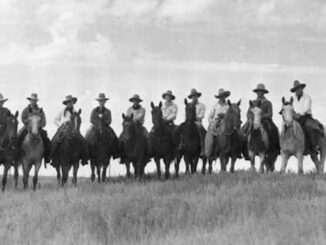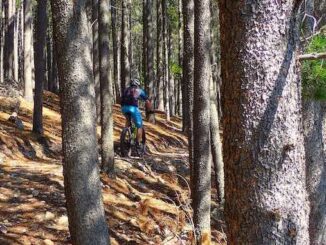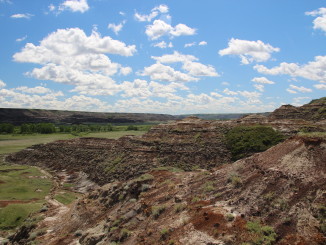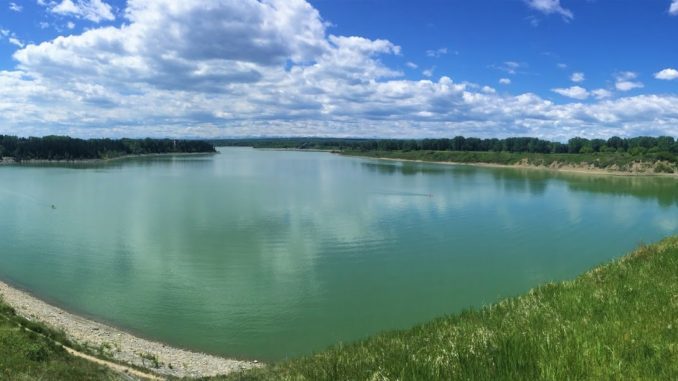
The Weaselhead Flats Natural Area is a vast tract of wilderness that borders the western end of the Glenmore Reservoir and connects North Glenmore Park with South Glenmore Park. The Weaselhead comprises 237 hectares of wilderness sandwiched between the city of Calgary and the Tsuu T’ina Nation. The park’s name is still a mystery, but is likely named after Chief Weaselhead, the leader of the Tsuu T’ina Nation at the time of European contact. The Weaselhead officially became a park in the early 1980’s, but not before surviving a colourful history.
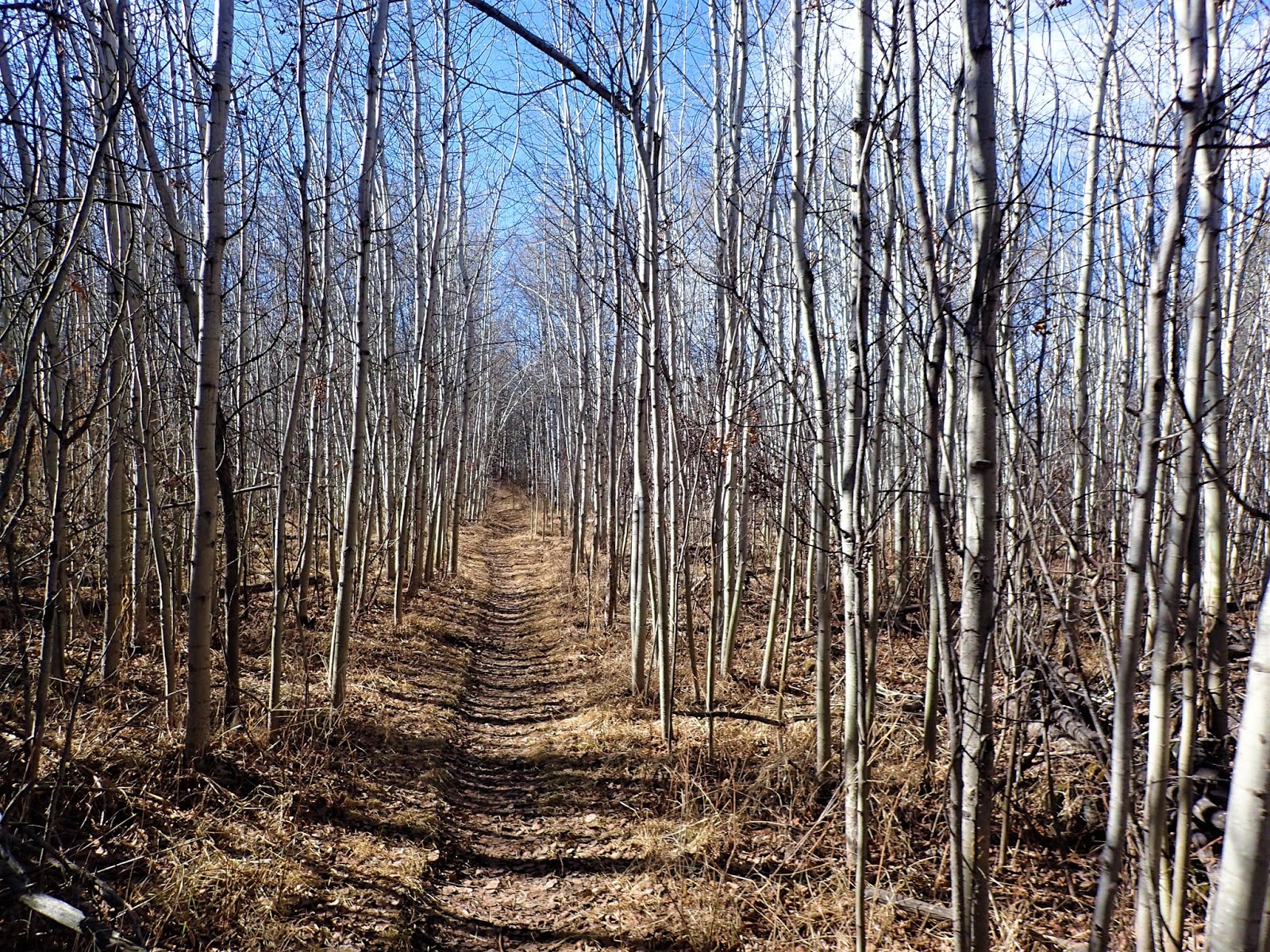
First Nation groups were the original settlers of the modern-day Weaselhead. In the Blackfoot language the area is called ‘moll-inistsi-in-aka-apewis’ or ‘Elbow Many Houses’ in reference to the multiple and changing river courses through the flat river plain. This flat valley provided excellent shelter for many First Nation groups during the harsh winter months.
The Elbow River (originally known as the Swift River) originates at the Rae Glacier in Kananaskis Country west of Calgary. It meanders east over the landscape before eventually joining the Bow River near downtown Calgary. Sam Livingstone, an early Calgary pioneer, first settled in the area that is now the Glenmore Reservoir and gave the name ‘Glenmore’, which is Gaelic for ‘big valley’, to the whole area. In 1933 the Glenmore Dam was completed to ensure a consistent supply of fresh water for Calgary’s citizens. This major interruption in the Elbow’s flow created the Glenmore Reservoir and the Weaselhead Flats as we know them today began to take shape.
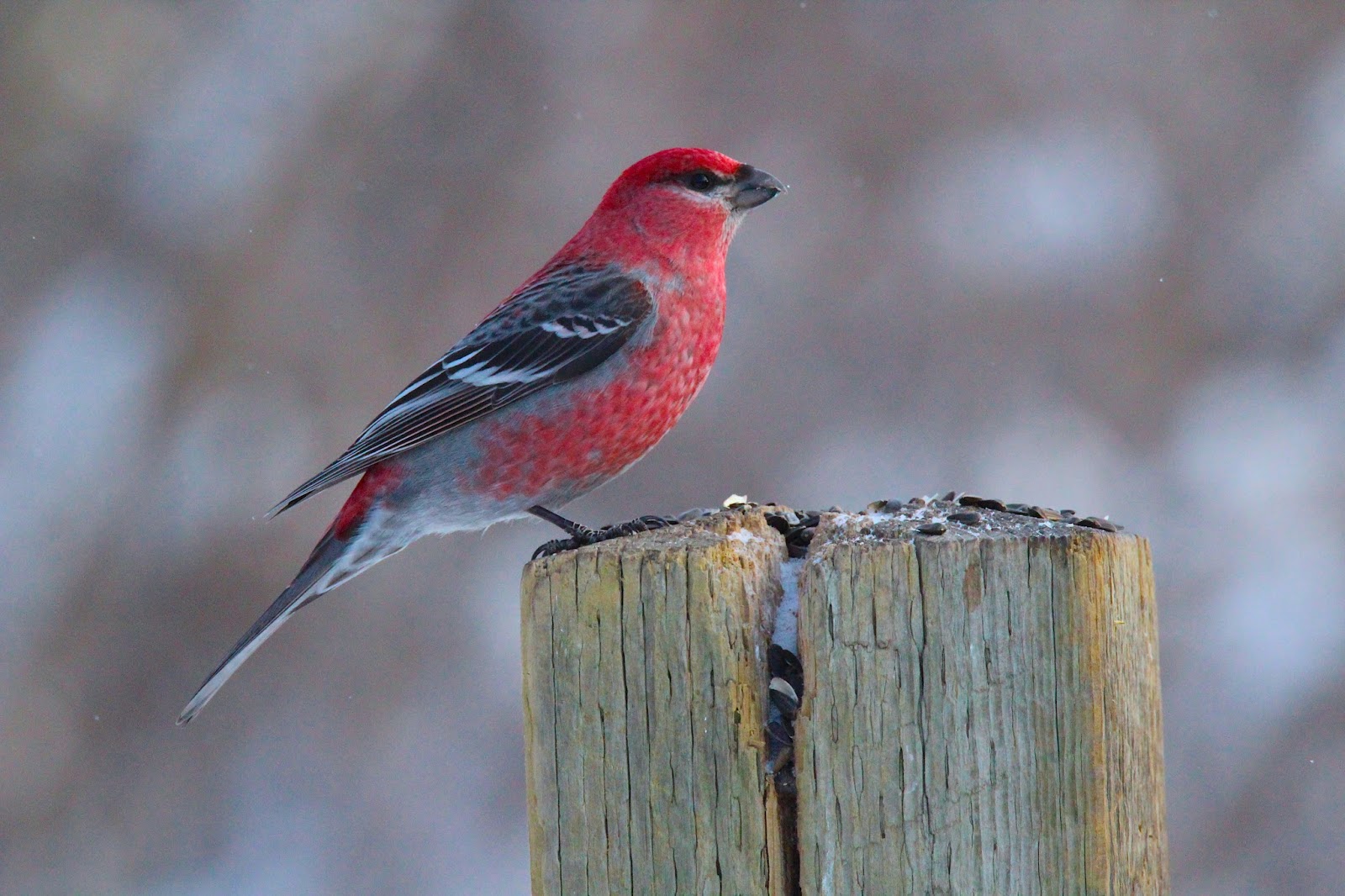
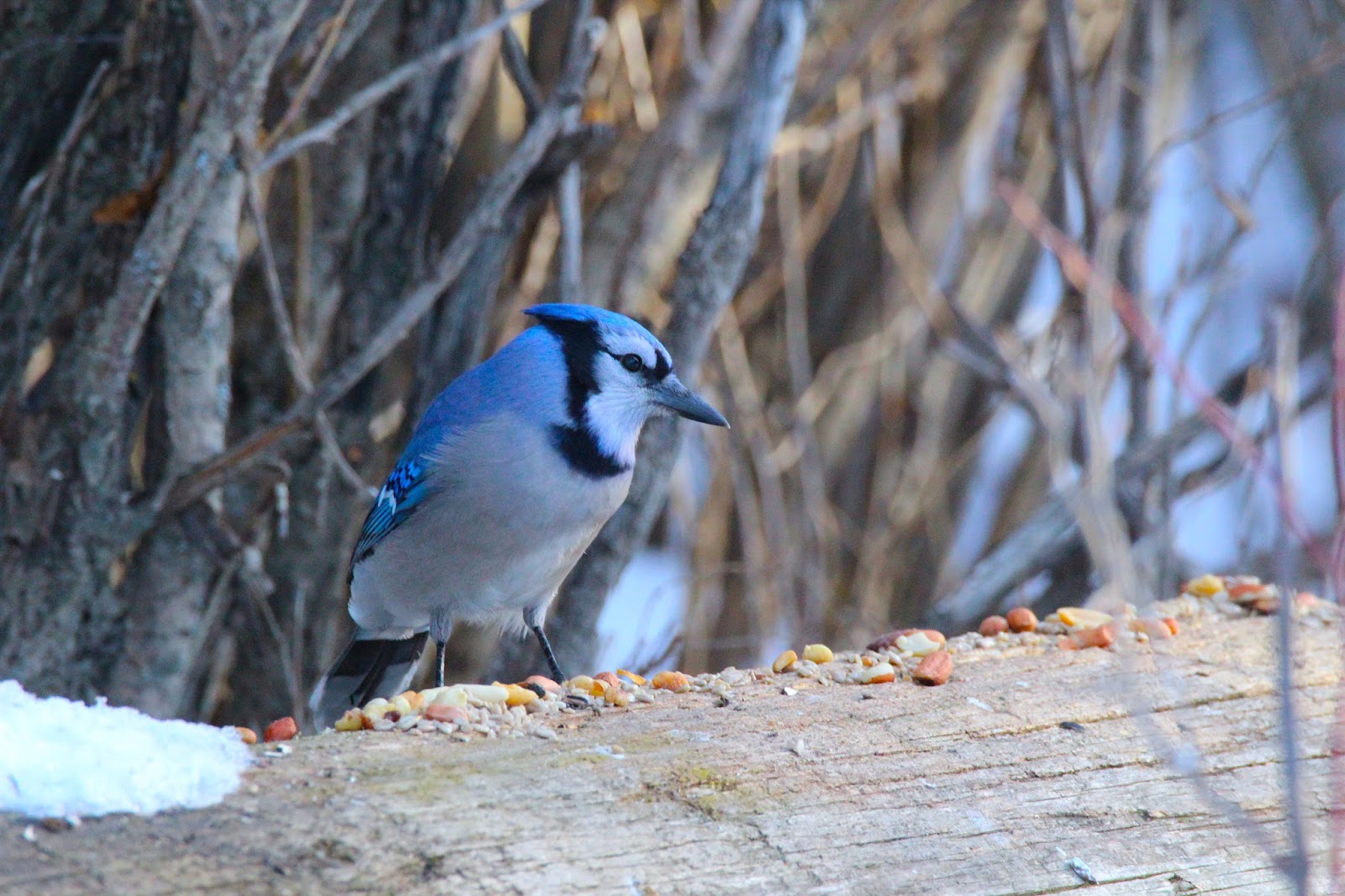
Between 1908 and 1998 the Weaselhead, in conjunction with Harvey Barracks and Sarcee Training Area (the latter two are again part of the Tsuu T’ina Nation), were leased from the Tsuu T’ina Nation by the Canadian Armed Forces and used for military training exercises. As a result the Department of Defence continues to work closely with the City of Calgary and the Calgary Police Service to locate and recover any unexploded explosive ordinance (UXO) that may still be present in the area. During the devastating floods of 2013 soil and vegetation were washed away uncovering previously buried unexploded ordinance, prompting officials to close the park until a thorough search could be completed. Although the chance of discovering UXO is considered remote please follow these guidelines in the off-chance you stumble across something.
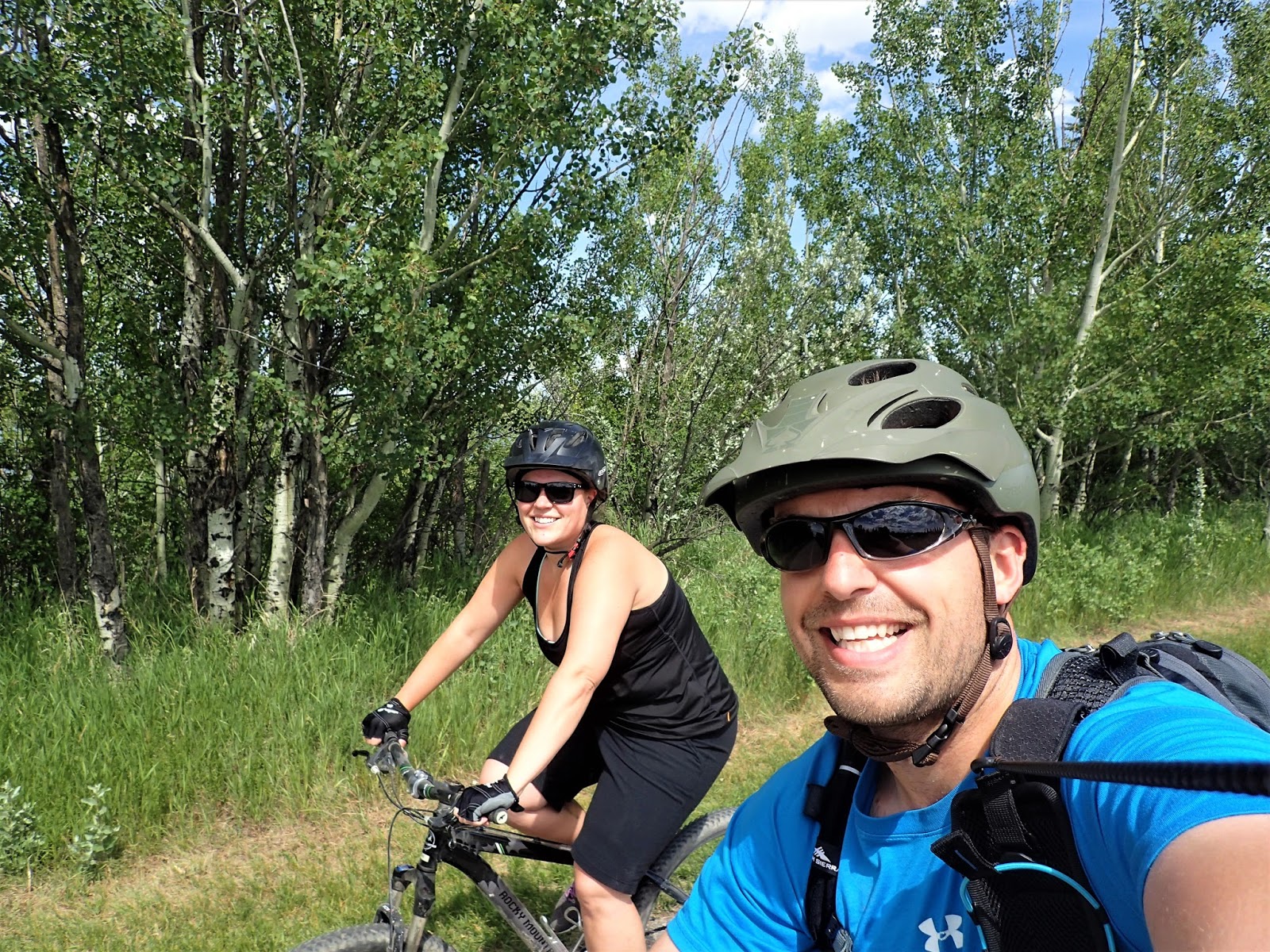
Today where the Elbow River enters the reservoir there is a wide river delta that is home to a large variety of flora and fauna. A paved pathway that circles the entire reservoir is a popular destination for many Calgarians. There are also numerous trails dissecting the Weaselhead for you to explore. The park is home to more than 200 species of birds, both migratory and permanent residents, as well as a plethora of mammals, including beaver, muskrat, deer, moose, coyote, bobcat, squirrel, mink, rabbit, and even black bear.

Outdoor enthusiasts love the recreation opportunities provided by the Weaselhead and allow many folks to stay closer to home instead of venturing outside the city for running, biking, hiking, paddling, snowshoeing, cross-country skiing, and wildlife viewing. One of my favourite things about the park is once you disappear into the Weaselhead for an afternoon of exploration you won’t even feel like you’re in the city anymore. As Calgarians we’re pretty lucky to have numerous green spaces within the city limits and the Weaselhead is one of those special wilderness settings just begging to be explored!
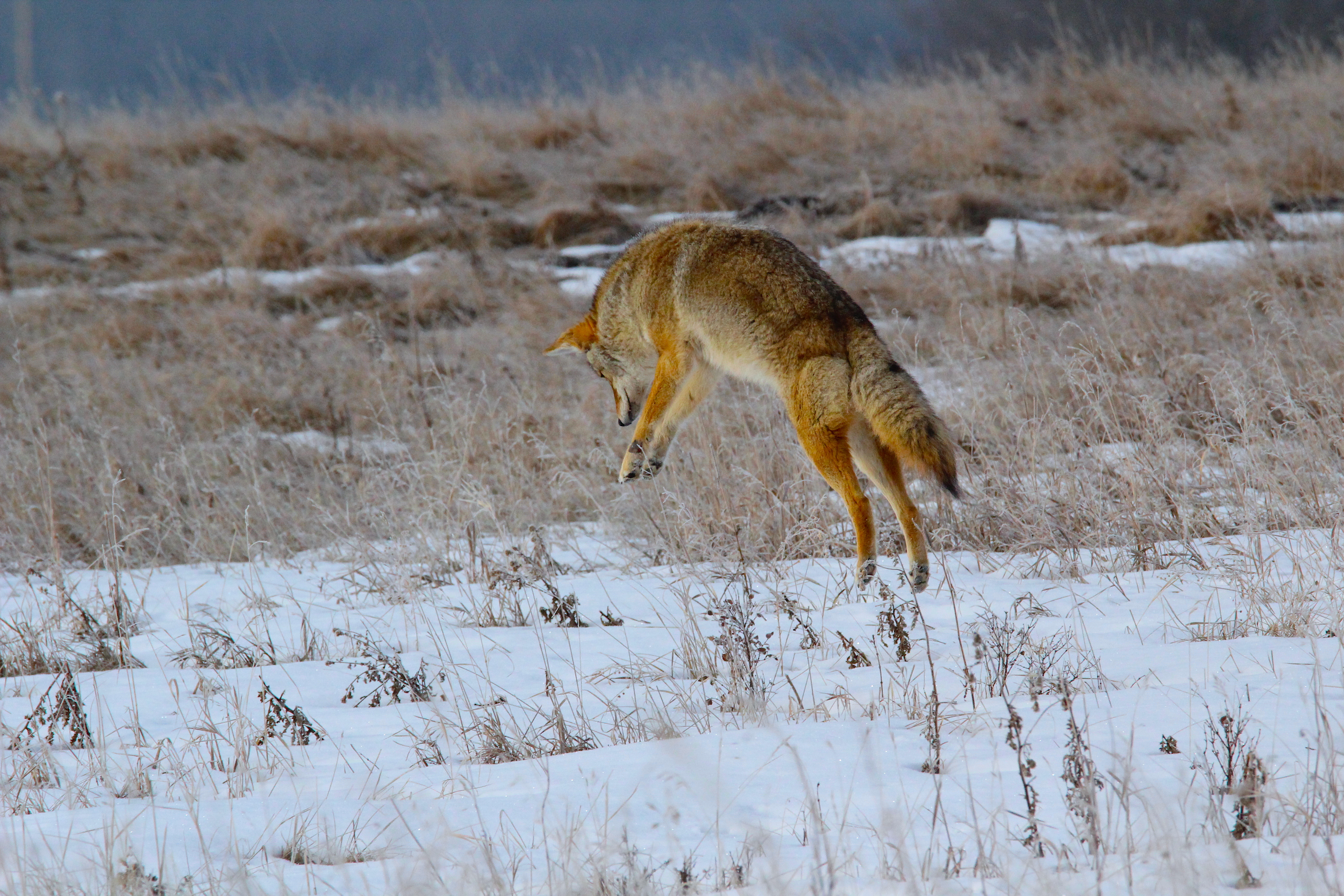
For more information about the Weaselhead Natural Area please visit the Weaselhead/Glenmore Park Preservation Society website. You can also connect with them on Facebook, Twitter, and Instagram. In addition you can view some great photography (including a few additions by yours truly) on the Weaselhead Photography webpage.


